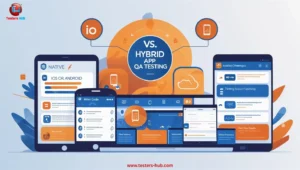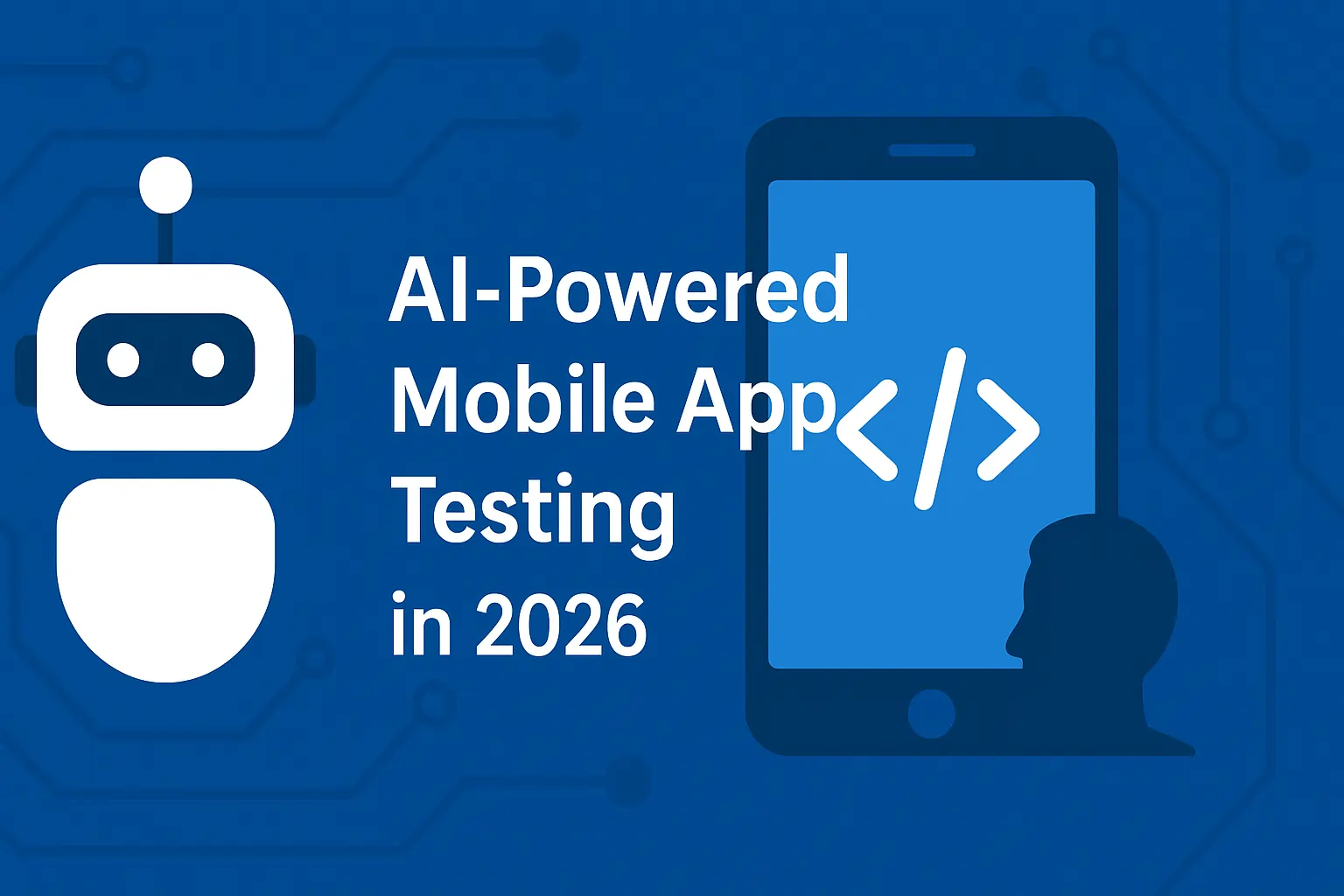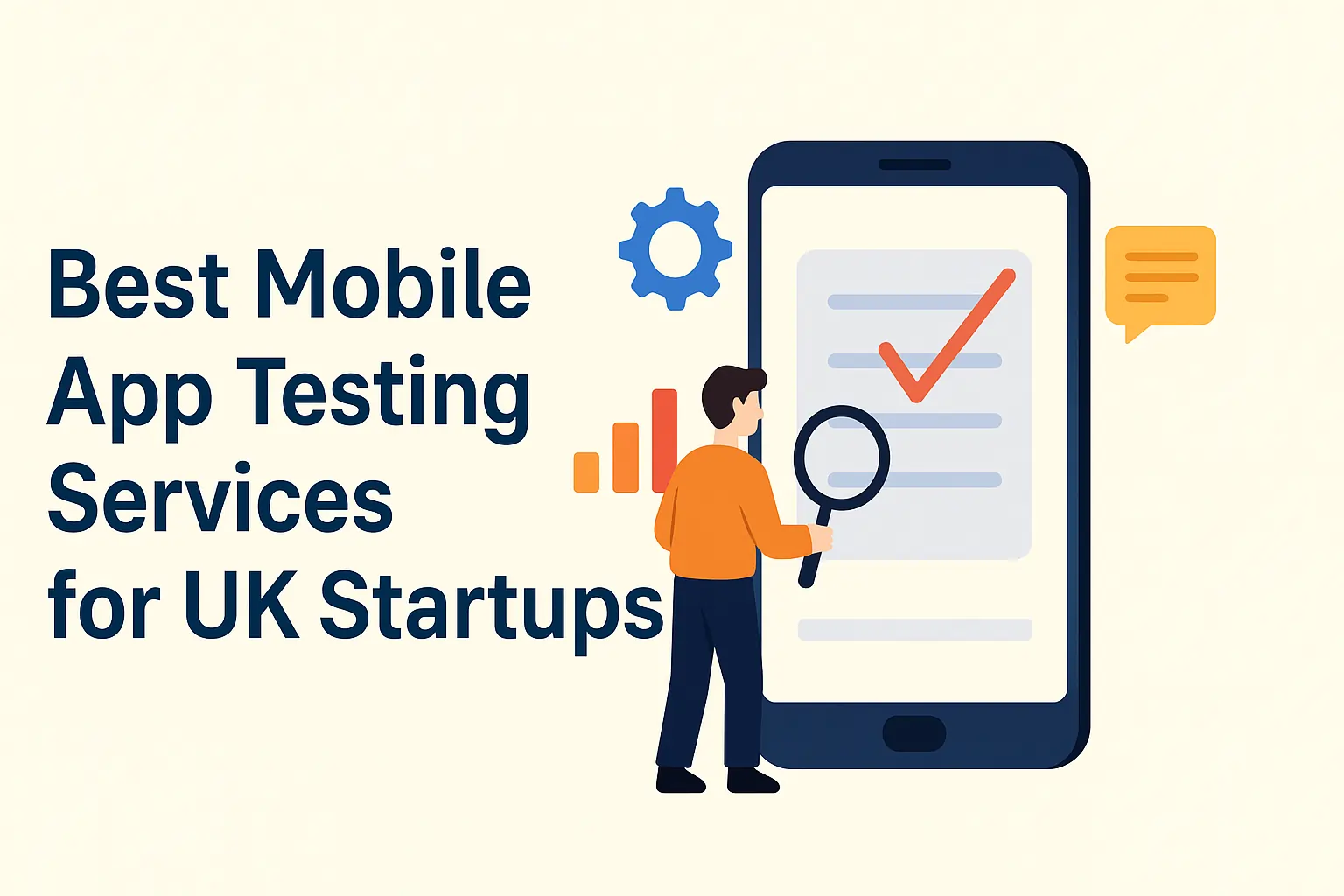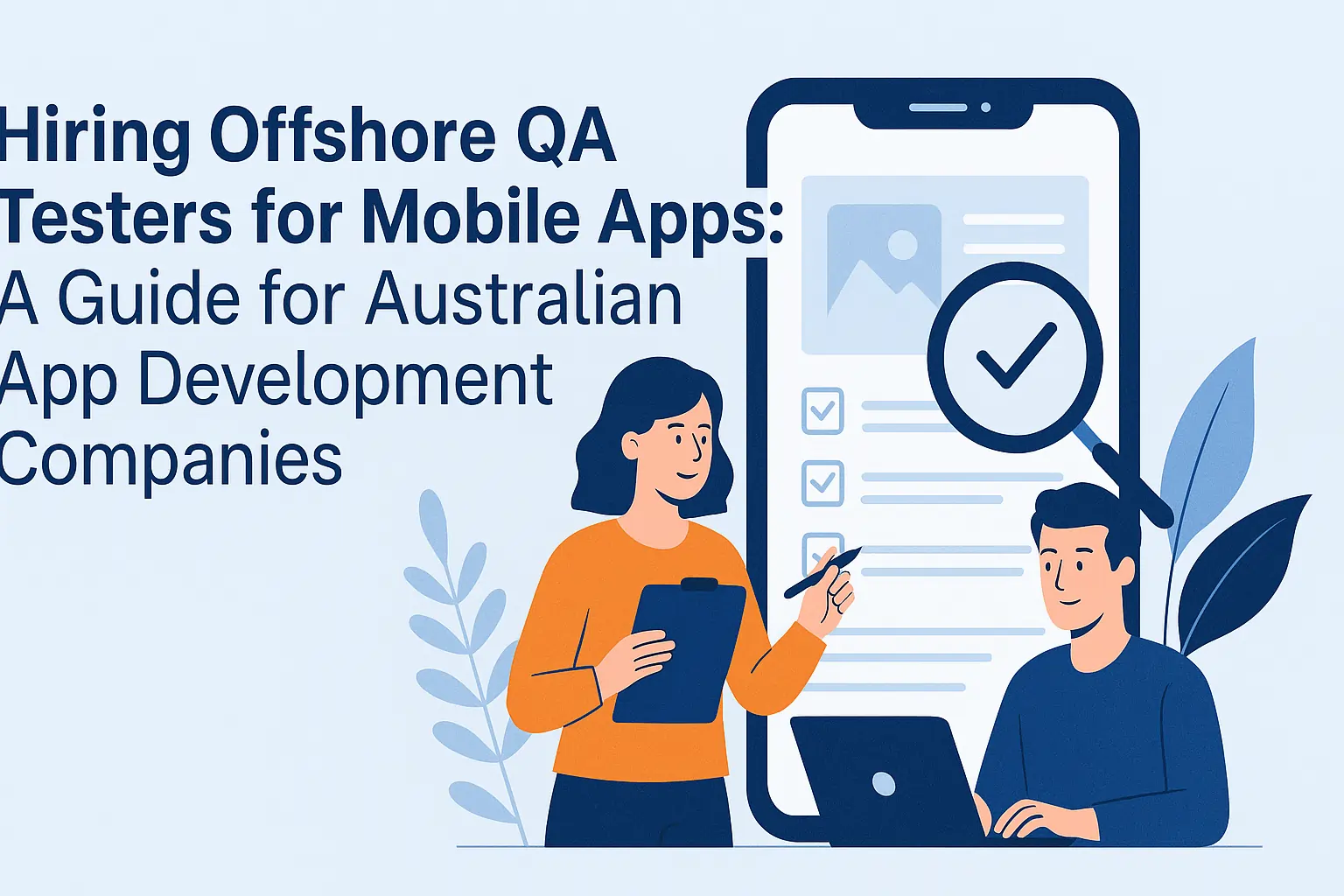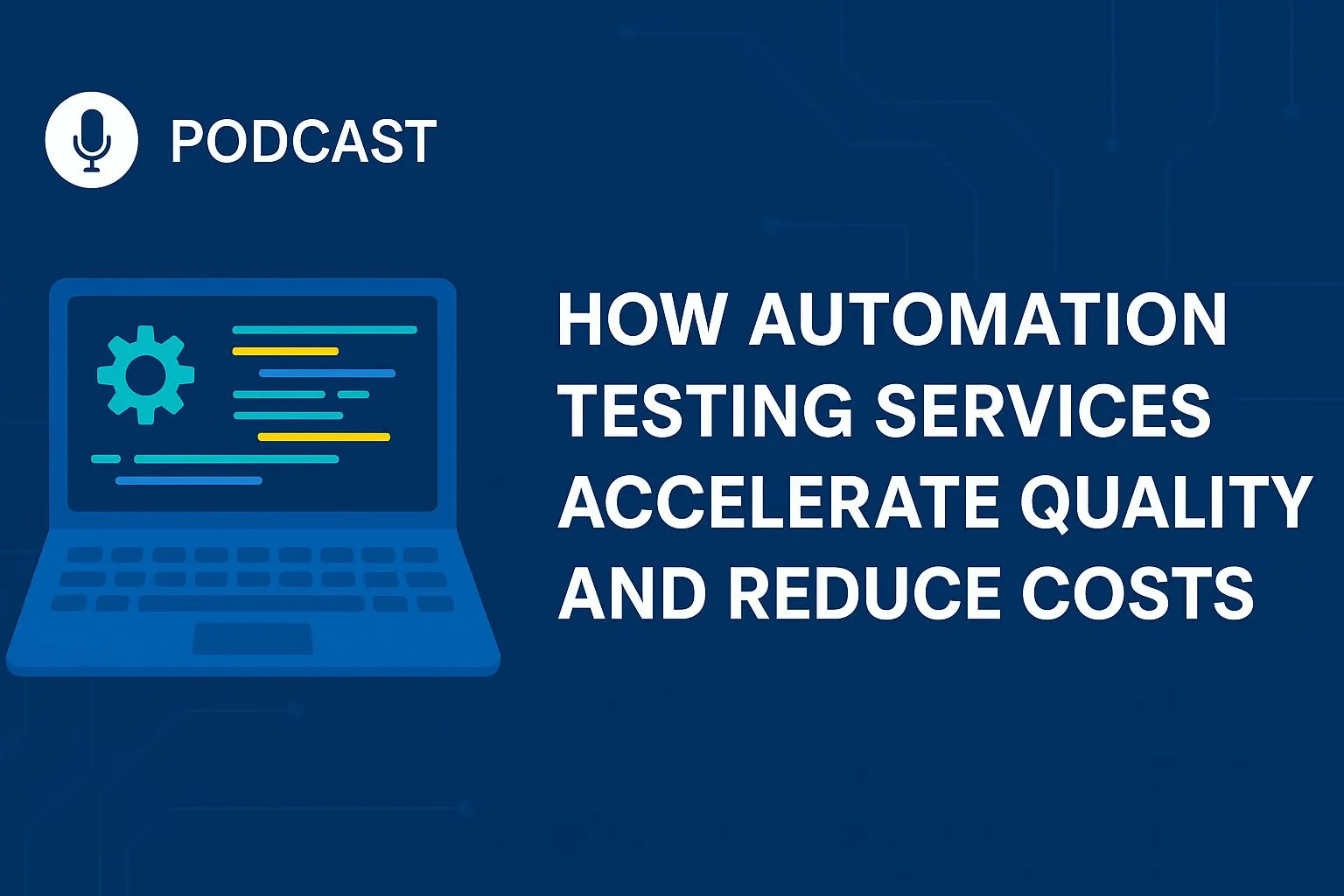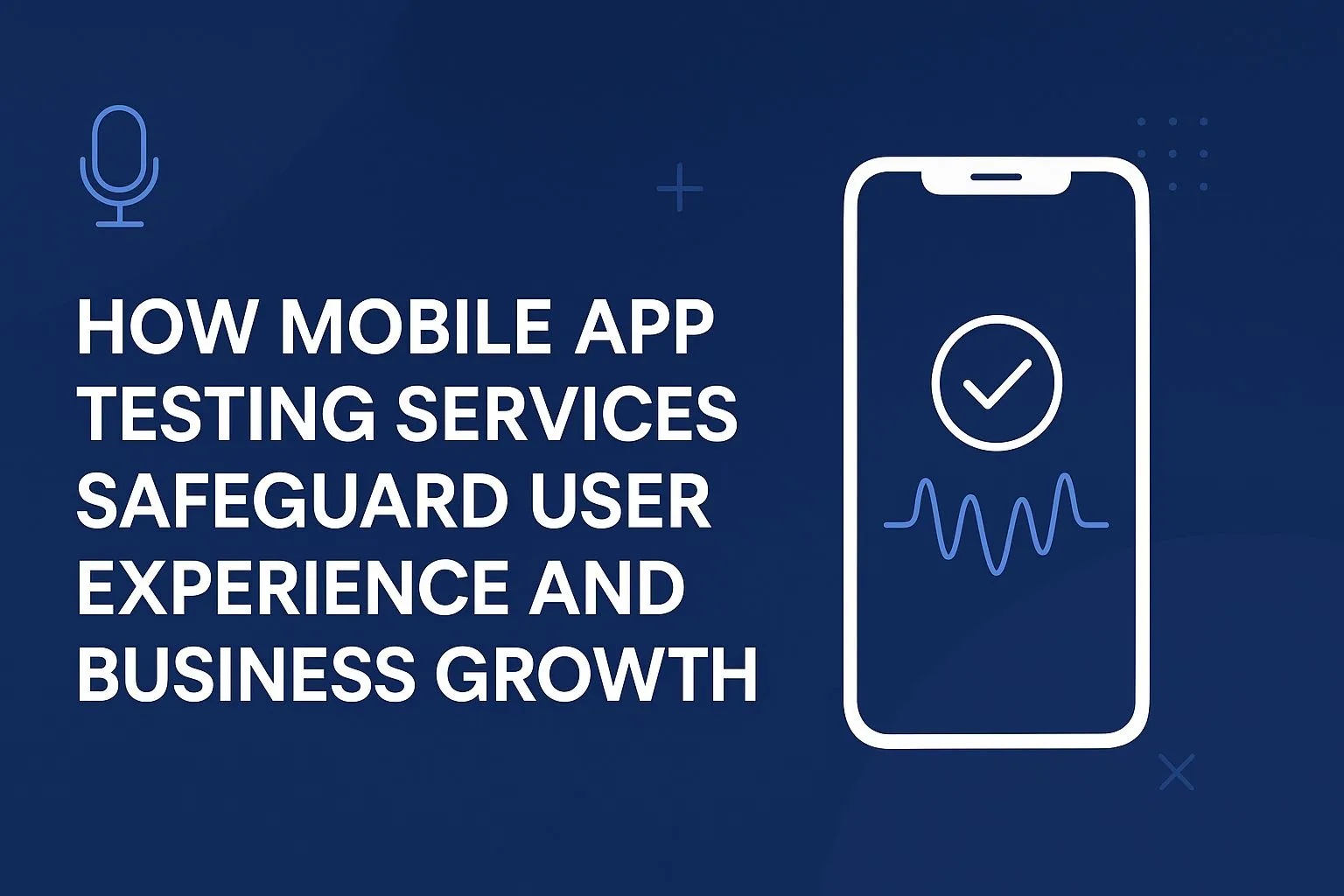Native vs Hybrid App Testing: How QA Teams Tackle iOS & Android Challenges
Introduction: Your App’s Codebase Will Determine Your QA Strategy
As an app developer, the decision to build a native or hybrid app ties closely to the testing strategy you’ll leverage down the road. When it comes to app testing, the more a mobile app is integrated with a specific platform, such as iOS or Android, the more strategic your quality assurance approach will need to be.
In this blog, we outline and deliver insight into the nature of mobile app testing services for native and hybrid apps. We will outline what to test, how to test it, and the testing tools you should be using.
📲 Native Applications: Built for Speed, Tested for Precision
Native applications are those applications that have been developed to run on one platform – Swift or Objective-C for iOS; Kotlin or Java for Android. They are designed to utilise native APIs as well as the limited hardware available on that platform; therefore, iOS or Android applications are typically going to be faster and provide more seamless user experiences.
🔍 QA Considerations Native Apps:
- UI behaviours and layouts specific to either iOS or Android mobile Platforms
- Accurate handling of native permissions to the device, as well as system-level alerting
- Considerations for gesture interactions, i.e. swipe, drag, long press
- Transitions from Background ←→ Foreground along with app restarts
- Error messages and notifications specific to a platform
While stable, native apps still need separate iOS app testing services and Android app testing services made sure to ensure complete coverage.
👉 Does your app require specialised QA for a Native Mobile App?
🌍 Hybrid Apps: One Codebase, While QA gets double the love
Hybrid apps use a framework like Flutter, React Native or Ionic to run as an app on multiple platforms. Hybrid apps may be efficient to code from a developer standpoint, but QA comes with a layer of complexity. The biggest problem is that the performance and rendering of apps can be quite different across each device – even when the logic is almost identical!
🔍 Things to QA with Hybrid Apps:
- Looking for UI bugs across iOS and Android
- Testing native integrations that involve plugins such as camera, GPS, etc
- Validation of navigation flow, especially with apps that use WebView
- Performance testing for animations and transitions
- Testing app behaviour under low bandwidth or offline conditions
Testing on true devices becomes critically important. Simulators may miss glitches that happen on devices or certain OS versions.
👉 If you need more help QA’ing your hybrid app,
🔄 QA Tasks Overlapping: All Mobile Apps
No matter if you’ve built your app in a Native approach or wrapped it in a hybrid, yes, the same testing layers exist in both types of mobile application. A mobile application QA process should be comprehensive; some of the common pieces of the QA process include:
- Functional Testing on all main features (the login flow, onboarding, payments)
- Compatibility, on different screen sizes/resolutions
- Network Simulation test (slow connection, no connection, aeroplane mode)
- Crash reporting/monitoring, and logging error reporting
- Battery usage performance profiling
- Accessibility/usability testing
By ensuring that you have covered these pieces, you can be confident that you are producing an app that ensures performance for every user, on every platform.
🛠️ Toolset: Native vs Hybrid Testing Frameworks
QA Focus |
Native Apps (iOS/Android) |
Hybrid Apps |
| UI Testing | XCUITest, Espresso | Appium, Detox |
| Automation Frameworks | XCTest, Espresso | WebdriverIO, Flutter Driver |
| Performance Tools | Instruments, Android Profiler | Firebase Performance, Sentry |
| Error Tracking | Crashlytics, Instabug | Same, integrated via plugins |
No matter the stack, tools are only as good as the QA strategy that guides them.
❓ Frequently asked questions – testing native versus hybrid mobile apps.
Q1: Do hybrid apps require a separate test for iOS and Android?
Yes. While hybrid apps feature a shared code base, handling platform-specific behaviour is often different, thus needing to be verified independently.
Q2: Which will be easier for a QA?
In general, the native app’s app is easier to debug. Hybrid apps have more moving parts due to third-party plugin integrations and rendering engines, that require manual verifications.
Q3: Can I automate the tests for both?
Certainly! Tools such as Appium and others will function for both types of architecture. The advantage of native development is that you can automate more using platform-specific automation tools.
Q4: Can I test on an emulator some of the time and still get good results?
Definitely! However you may find some bugs running most of the time occurring on real-device builds that an emulator will just simply not give you. Emulators are also known for not simulating gestures, animations, or features that rely on some form of sensors.
Q5: What’s the biggest risk in QA with hybrid apps?
Mostly UI issues like incongruencies and slowness that are possible based on the many different models and versions of OS’s.
🎯 Final Takeaway: Select QA That Suits the Codebase
Native and hybrid apps have an assortment of benefits, but both methods will require a proper QA plan to avoid performance flaws. Native apps have a clear requirement for testing against the platform requirements. Hybrid apps are easier to develop but will likely need broader coverage with more rigorous testing on real devices.
At Testers HUB our team can provide expert-level mobile app testing services whether you are building on iOS, Android or leveraging a cross-platform framework. Our team is flexible in its QA process to adapt to the app’s build, whether it be manual functional tests, automation setup, QA coaching, or anything in between.
👉 Let’s enhance the quality of your app – schedule your complimentary QA session.


